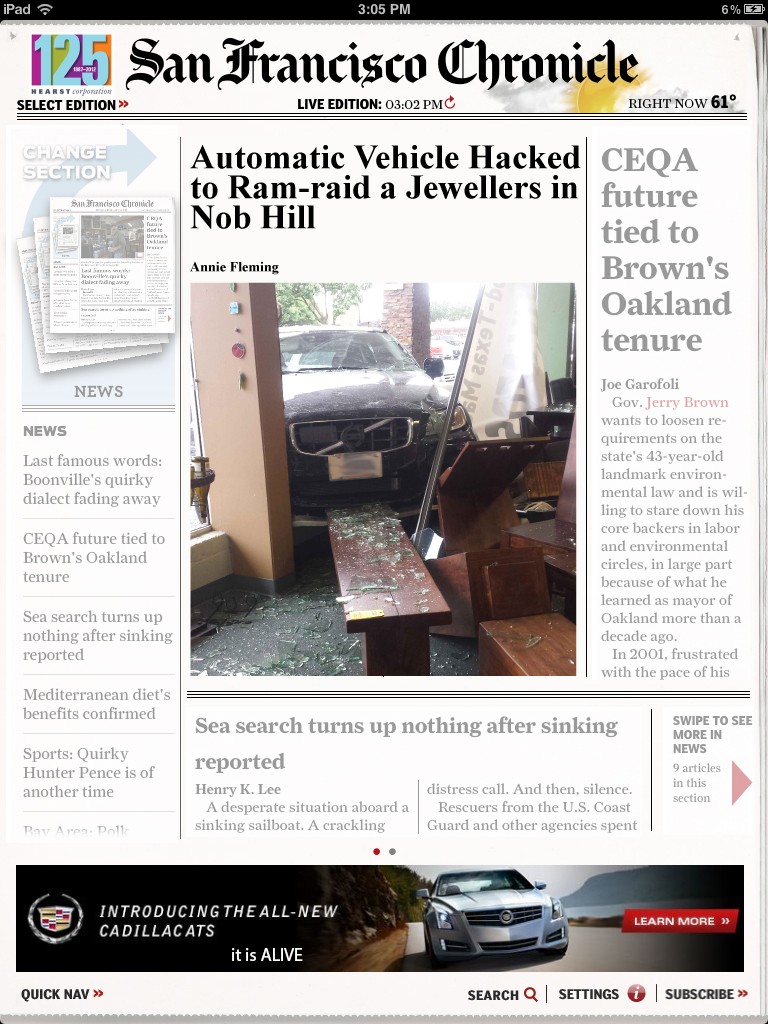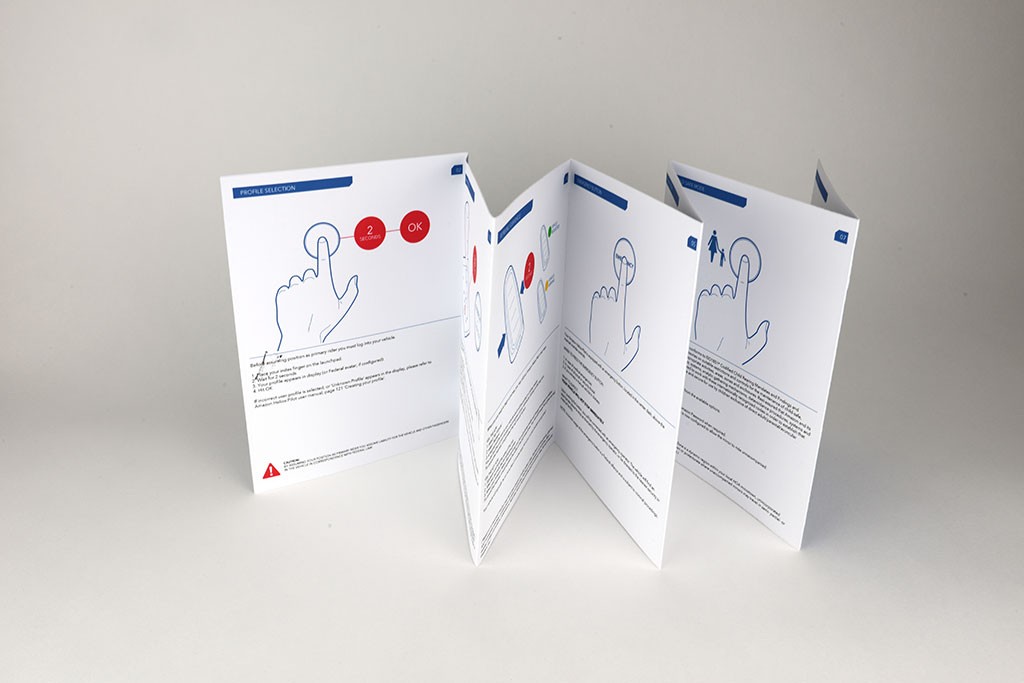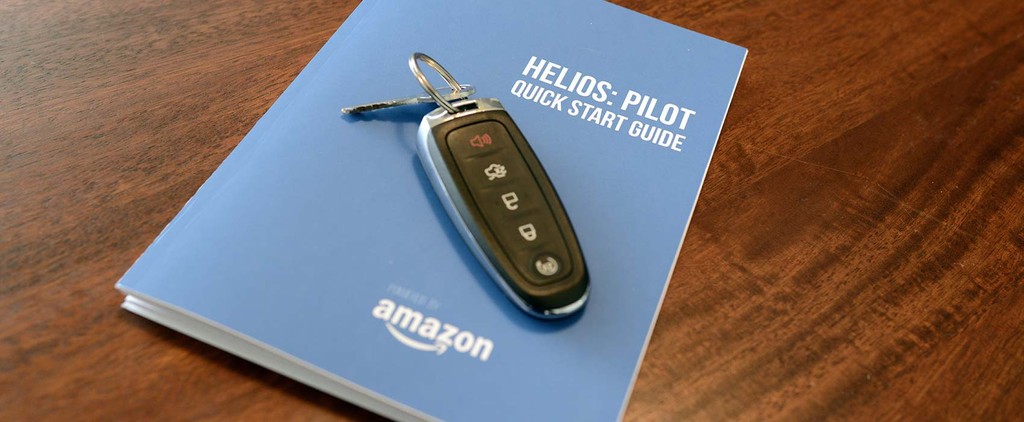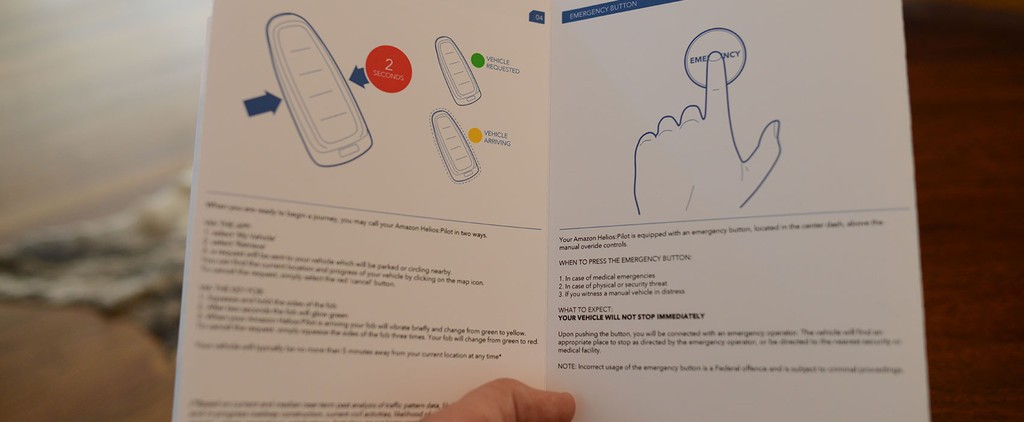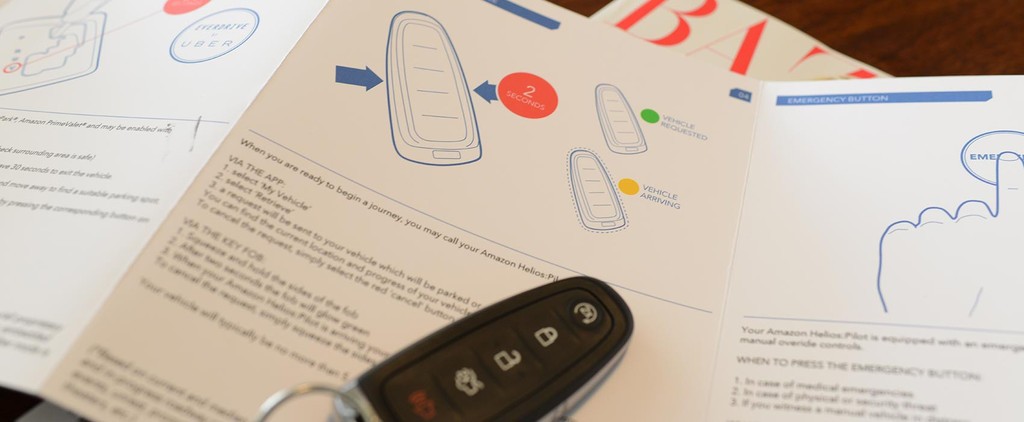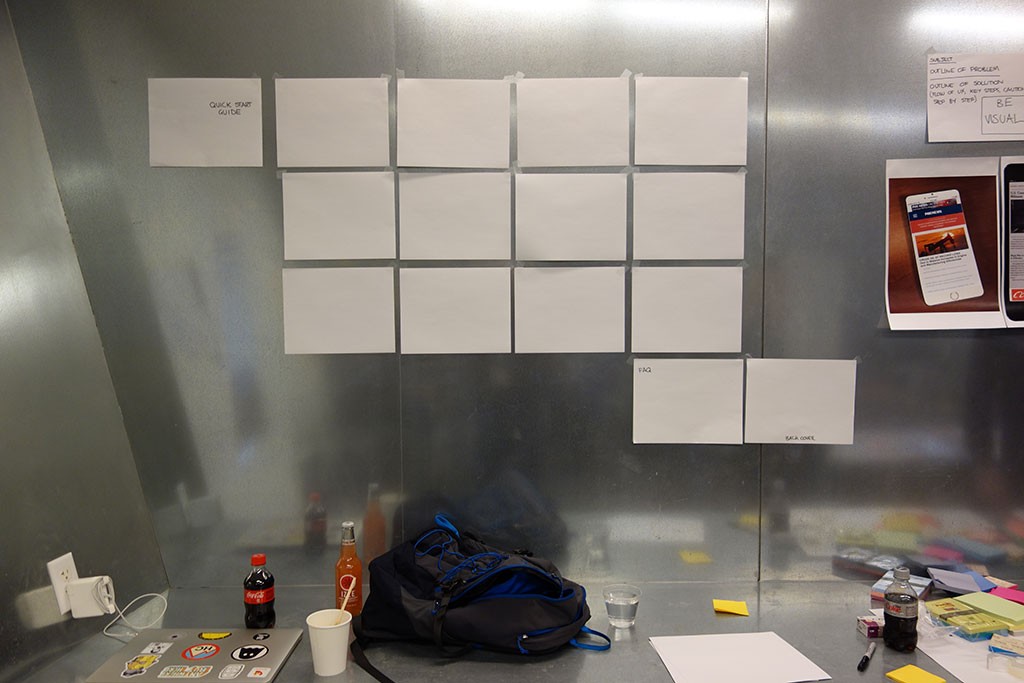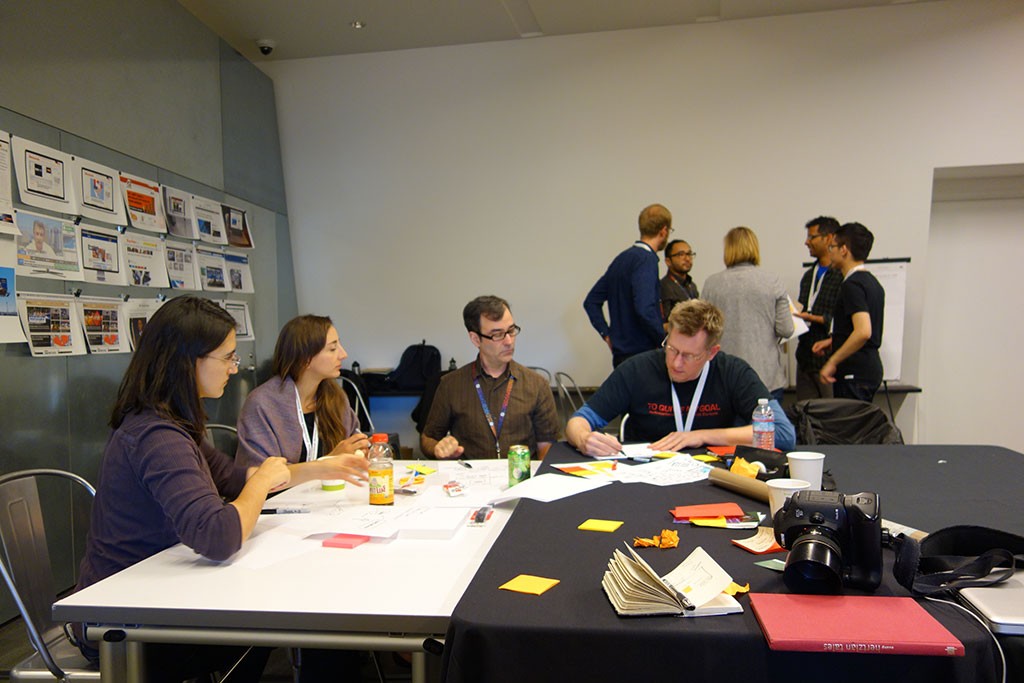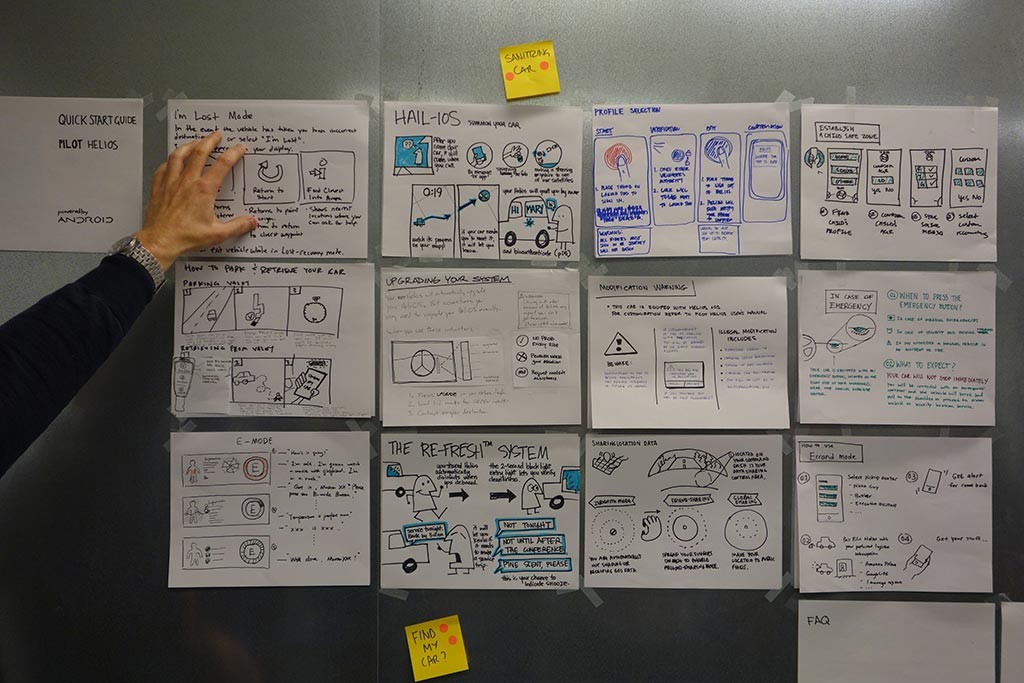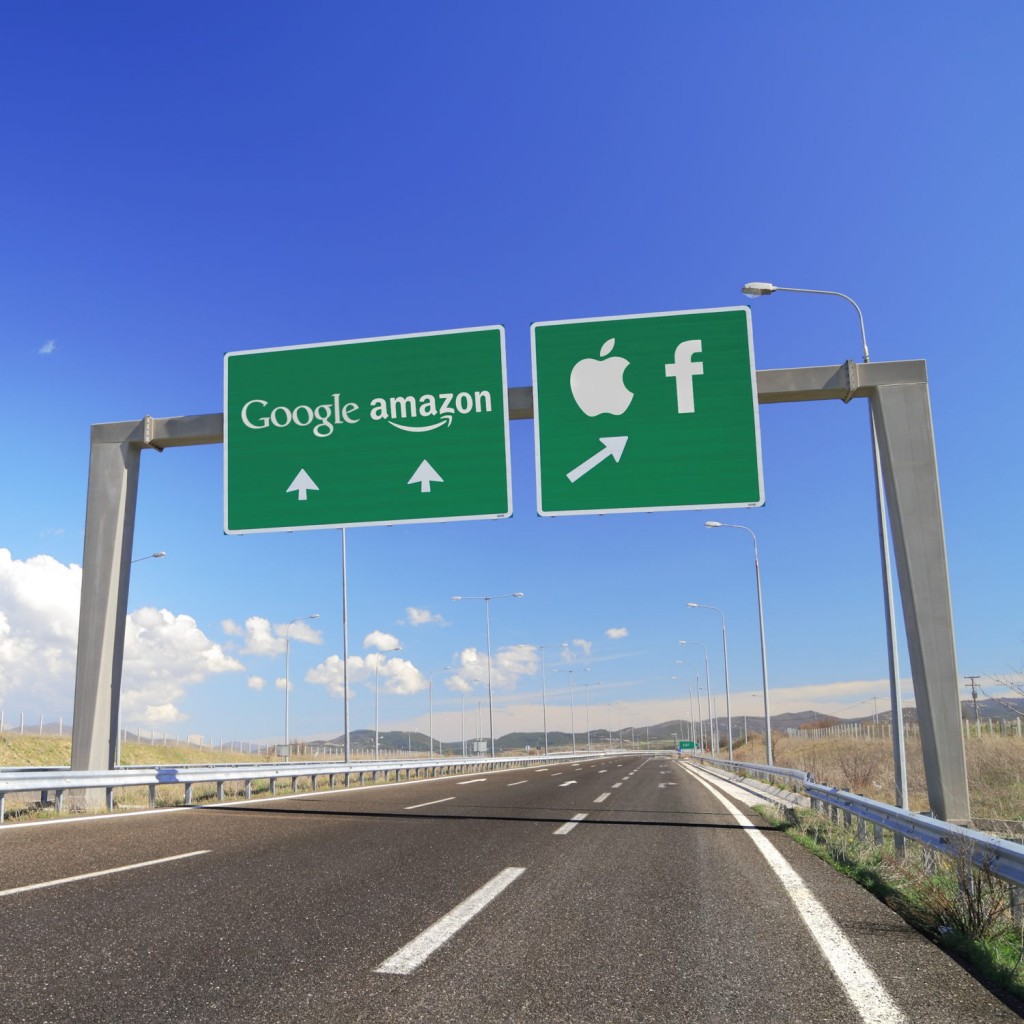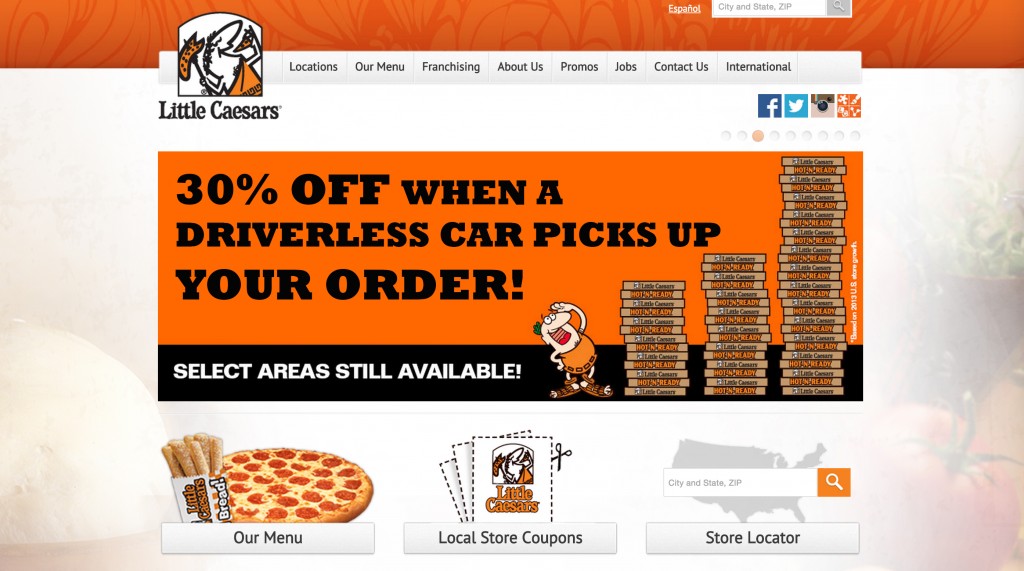It’s easy to get all..Silicon Valley when drooling over the possibility of a world chock-full of self-driving cars.
The fact of the matter is that a world where self-driving cars are a reality will be as prickly as the world today, only Algorithms will be the source of our frustration rather than other drivers..at least until the underground of self-driving car retrofits, mods and hacks come along and everything goes all amuck despite Google-Apple-Facebook-Amazon’s best efforts to convince us things are better..
It’s easy to speculate breathlessly about the world of the future when the self-driving car is normal, ordinary and everyday. However, when an idea moves from speculation to designed product the work necessary to bring it into the world means that it is necessary to consider the many facets of its existence — the who, what, how, when, why’s of the self-driving car. To address these questions we took a sideways glance at it by forcing ourselves to write the quick-start guide for a typical self-driving car.
A Quick Start Guide as Design Fiction Archetype
To spark a conversation around the larger questions regarding a technology that could substantially change mobility in the future we followed a Design Fiction approach to produce this Quick Start Guide.
Our Quick Start Guide is a 14-page z-fold document from the near future. It’s a reminder that every great technology needs instructions for the uninitiated. That instruction may be a document, a tutor from a friend, ‘rider’ instructions — something that gives a feel of the things car owners might do first and do often with their first self-driving vehicle. Get your copy.
This Design Fiction archetype is a natural way to focus on the human experiences around complicated systems. It implies a larger ecosystem that indeed may be quite complex. It also allows one to raise a topic of concern without resolving it completely — often an approach that’s necessary in order to not be bogged down in details before it’s necessary. For example, mentioning that it costs more to park your car rather than sending it back on the roadway as a taxi is a way to open a conversation about such a possibility and its implications for reclaiming space used by parking garages. In the Quick Start Guide, you will find:
- What do you do if you forget a bag of groceries — or your sleeping child — after sending your self-driving car off for the evening to earn a few shekels in ‘Uber’ mode?
- Is there a geo-fencing mechanisms to control where the car goes — and how fast it goes?
- How do you activate and lock the “Child Safe Mode” for your teenage son to take to football practice?
- Does it conform to ISO1851 Codified Child Rearing Mandates and Findings?
- How does the car pickup groceries — and how do you upload the list — when you send it on errands?
- Will you pick a car based on the size and features of its Cold-n-Hot Grocery Trunk?
- What do you do when the display shows “Unknown Profile”?
- Does your self-driving car obey the most recent DoT Emergency Maneuvers requirements?
- How do you activate ValetPark®, Amazon PrimeValet®, EverDrive™, RE-FRESH™ and of course the agnostic Interior Ambience by Amazon®?
- Which countries/protectorates/jurisdictions allow a total car history reset?
- How to install your Dynamic Insurance plug-in from your insurance providers’ download site?
- What supplementary fees does the car charge for using Apple Roadways?
- And more…
The Design Fiction Workshop
The Quick Start Guide was produced as part of a workshop at IxDA 2015 in collaboration with students from the California College of the Arts and conference participants. In a short amount of time, we identified the key systems that implicate the human aspects of a self-driving car and we brought to life such experiences in a very tangible, compelling fashion for designers, engineers, gurus, and anyone else involved in the development of a technology. Through the collective production of Quick Start Guide it became a totem through which we could discuss the consequences, raise design considerations and hopefully shape decision making.
The Design Fiction approach led to:
- Better thinking around new products, a richer story and good, positive, creative work.
- Identify topics that may not come up when discussing the larger system.
- Create rather than just debate, and represent topics concisely to focus the work and challenge us to describe features succinctly.
- Experience the consequences and implications of a world with self-driving vehicles.
The Assumptions
Visions of exciting future things rarely look at the normal, ordinary, everyday aspects of what life will be like to turn the thing on, fix a data leak, set a preference, manage subscriber settings, address a bandwidth problem, initiate a warranty request for a chipped screen or increase storage. It’s those everyday experiences — after the gloss of the new purchase has worn off — that tell a rich story about life with a self-driving vehicle. In this project, we made a few category assumptions.
- The self-driving vehicle is all about the data. When Amazon, Facebook, Microsoft, Google and/or Apple become part of the vehicle “ecosystem” — either by making cars, having their operating system integral to the car, owning roadways or whatever their strategy teams are dreaming up — they will do it because #data. To them it will be about knowing who is going where, when they’re going there, to get what; it will be about knowing when your tires are wearing down; it will be to give you discounts when send your car to get Pizza Hut for dinner; it will be to have your car go through the Amazon Pantry Pickup Warehouse to do your grocery shopping. The data.
- As fundamental as mobility is to humans, owning a network of millions of interoperable vehicles is big business. Apple’s vehicle ecosystem will be always moving, as will Google-Uber’s. It will cost you more to park your self-driving car because it can earn money for them (and maybe you) by putting it into “Taxi” or “Uber” mode when it’s dropped you off at work. This led us to consider what one might need to do if one’s car has strangers in it while you’re at work, or the movies, or asleep. And what will happen to all those parking garages?
- Roadways will be the new platform play. How will (or will not) roadways that are owned by Amazon, Facebook, Microsoft, Google and/or Apple interoperate? Will Google have the best, fastest, least congested roadways in Los Angeles? What are the consequences of switching to semi-partial manual drive mode? What happens when those Fast and Furious guys figure out how to jailbreak their vehicle’s OS and supercode the engine?
Get Your Quick Start Guide
To experience those assumptions, get the copy of your first self-driving car Quick Start Guide.
Acknowledgments
The Quick Start Guide is a Near Future Laboratory project produced based on a workshop at IxDA 2015 in collaboration with students from the California College of the Arts and conference participants:
- Rafi Ajl (CCA)
- Phil Balagtas (GE Global Research)
- Sankalp Bhatnagar (Carnegie Mellon University)
- Julian Bleecker (Near Future Laboratory)
- Maru Carrion-Lopez (CCA)
- Wendy Cown (Charles Schwab & Co.)
- Bill DeRouchey (Aviation GE)
- Blake Engel (Nextbit)
- Nick Foster (Near Future Laboratory)
- Cristina Gaitan (CCA)
- Susan Hosking (GE Global Research)
- Shani Jayant (Intel)
- Flemming Jessen (Designit)
- Zhouxing Lu (Indiana University Bloomington)
- Chris Noessel (Cooper)
- Anna Mansour (Intel)
- Nicolas Nova (Near Future Laboratory)
- Angelica Rosenzweigcastillo (GE Global Research)
- Margaret Shear (Margaret Shear | Experience Design)
- Liam Woods (CCA)
- Aijia Yan (Google).
Special thanks to John Sueda, Ben Fullerton and Raphael Grignani.
